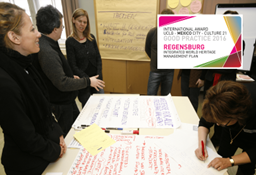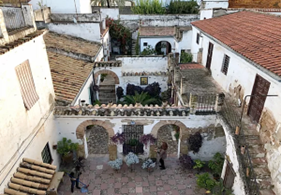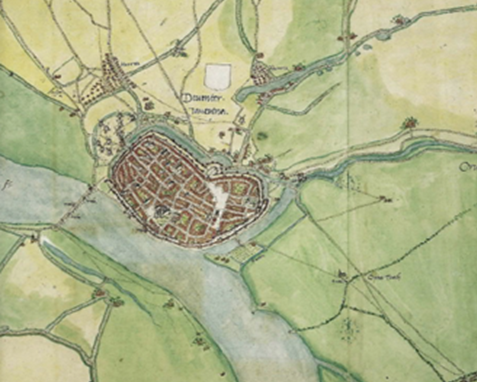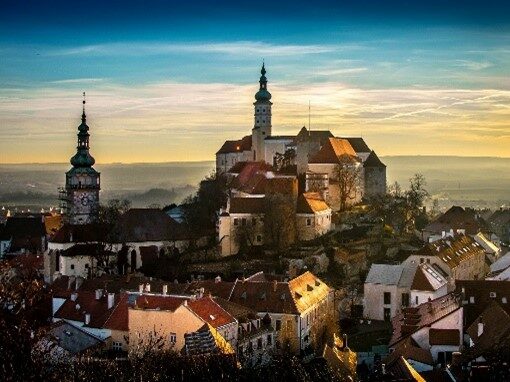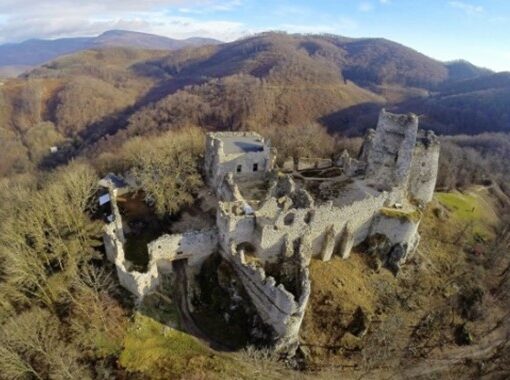Appignano del Tronto: How to react after a disaster
Appignano del Tronto, Italy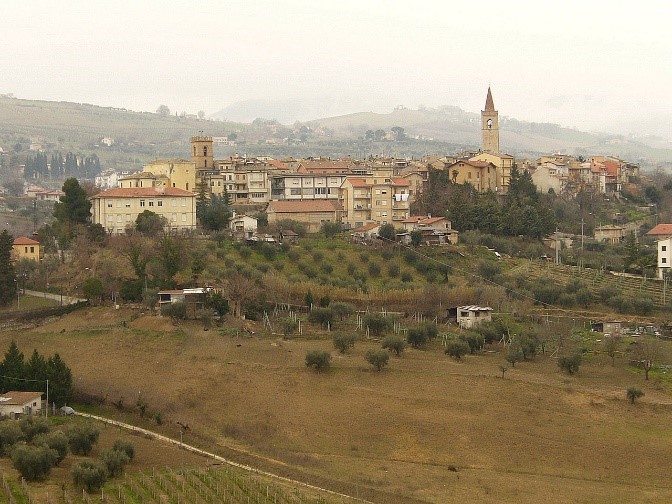
Lead
Main hazard(s)
Disaster Risk Management phase(s)
Type(s) of measure(s)
Background
The socio-economic context of the village of Appignano del Tronto presents three trends: a) a trend towards depopulation that has intensified due to earthquakes in 2016 and 2017; b) a trend towards deindustrialisation that has intensified due to the European economic crisis from 2008 to 2013; and c) an economic flourishing of small and medium enterprises (SMEs) and micro-companies (especially in the agricultural and farming sectors) which are mostly family businesses.
Sources
http://www.comune.appignanodeltronto.ap.it/hh/index.php
https://www.ruritage.eu/replicators/marche-region/
Appignano del Tronto Municipality is one of the 38 partners of RURITAGE, a project funded by EU Horizon2020 programme. This project turns rural areas into laboratories to demonstrate Cultural and Natural Heritage as an engine of regeneration.
In addition, Appignano del Tronto is involved in many projects funded by Local Action Group GAL Piceno and by Marche Region (i.e. agro-environmental agreement about climate change adaptation and mitigation in agriculture).
Contact info
Antonella D’Angelo; tecnicoappignano@gmail.com
Detailed description
This case encompasses both tangible and intangible elements of heritage combined with the high risk of earthquakes. Earthquakes have shaken the village between 2016 and 2017, leaving almost 50% of homes in its historic area destroyed. This situation had a huge impact on the preservation of public and private heritage as well as leading to a significant psychological destabilisation of the residents. The Appignano del Tronto Municipality has taken a resilient and holistic approach since then, which led to a number of interventions aiming to create a new model of development through the effective and adaptive use of Cultural and Natural Heritage (CNH).
Many local stakeholders have been involved in this process (ca.40 local stakeholders); among them: local communities, farmers, local companies, residents, local authorities, policy-makers, cultural associations, non-profit associations, universities/academia, the Italian National Institute of Geophysics and Volcanology (INGV), UNESCO and many more.
These stakeholders have been working on several action plans focusing on CNH, including co-learning to build earthquake-proof buildings and choosing suitable safe areas; using seismic micro-zoning and emergency planning to safeguard the village against disasters; providing crowdfunding tools/funding together with residents; endorsing good farming practices that help to reduce geological risks; implementing a local land maintenance plan to manage physiological impacts, enhancing capacity building & training activities for community resilience and providing technological infrastructures, amongst others. The cost of the interventions has so far amounted to €5-6million.
Main outcomes and highlights
- The most tangible resultat the time of writingis the Rural Heritage Hub: a community of local stakeholders as well as a physical meeting place where co-creation activities take place;
- A number of open spaces for gatherings like social and community events that involve public and community participation for local engagement have been developed and maintained;
- Local action plans and groups have emerged; this in addition involves a strong representation of women the decision-making processes.
Sucess factors
- The time spent with local stakeholders during one-to-one meetings has been essential especially during the first months; a key factor to guarantee the long-term impact and sustainability of the project.
- So-called “RURITAGE Stories” (named after the supporting European Commission-funded project)have enabled preservation of stories based on oral traditions that have been known or shared in the past.
- Public consultation took place through surveys, gatherings, social and community events with educational purposes (e.g. trainings involving games), but also making use of a crowdfunding tool.
- The Rural Heritage Hub of Appignano del Tronto was created and promoted; an open space to practice innovation and organise community events in the project has been promoted among other European projects/networks.
- The adopted bottom-up approach has been fundamental to design tailored solutions for local challenges on CNH.
- International networking is very helpful to learn and adapt other successful experiences in your own context.
Lessons learned
- Spatial: a small village like Appignano Del Tronto has not the “critical mass” to exponentially multiply the positive effects that a co-design process can usually generate in an urban context.Socio-cultural: the local stakeholders’ attitude towards EU funds is, mostly, not to use them as an opportunity for improving innovation, internationalisation and strategic development for their business, but it’s rather an extra fund for their ordinary activity; something that is of course to be expected and valued in such contexts.
- Stakeholder involvement and community resilience can generate local awareness, a change of mind-set and social acceptance for Cultural and Natural Heritage.
- Financial: due to the characteristic of local socio-economic context (mostly micro companies and family business), the financial capacity to invest generating additional (private) funds is not available; to tackle this situation, the local administration has put together a plan to introduce tax incentives to incentive private investments, for example through the Impact Finance mechanism.
- Cultural events have become important to keep the local dwellers from moving out of the village.
- Regulatory: there have been many regulation attempts to tackle the seismic risks in the area. However, this has been delayed due to the bureaucratic procedures.
- Transferability: the measures and initiatives taken thus far might not be applicable in big cities, but rather in rural areas and small cities (e.g. Crete, Greece).
- This is a small community that learnt to together to achieve the same goal of making the historic area more resilient for and with its dwellers.
